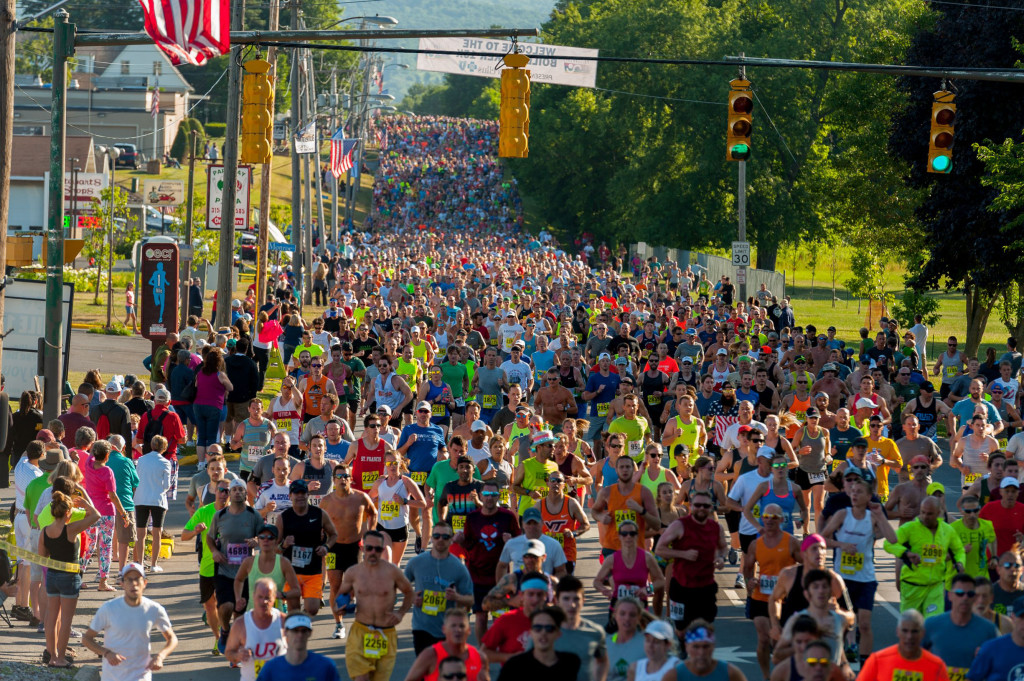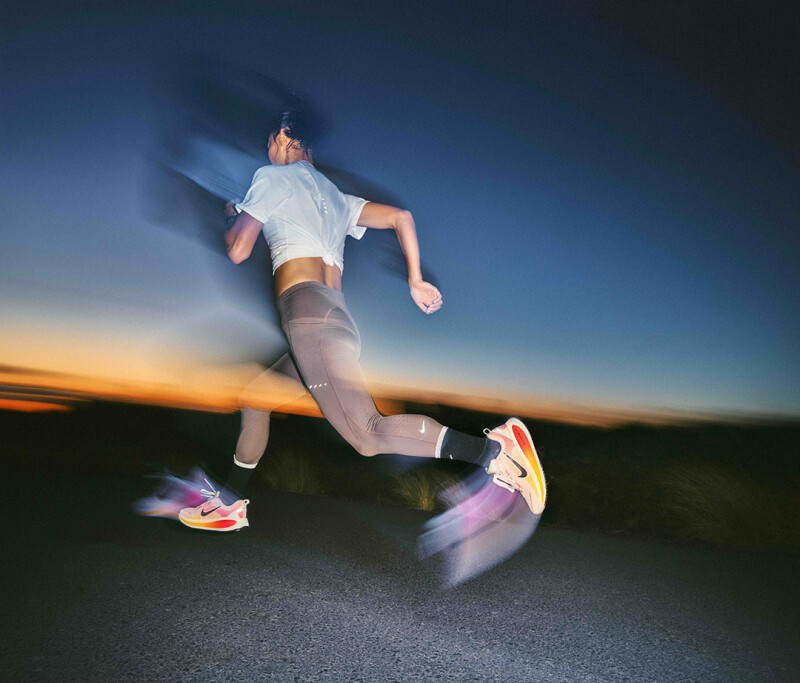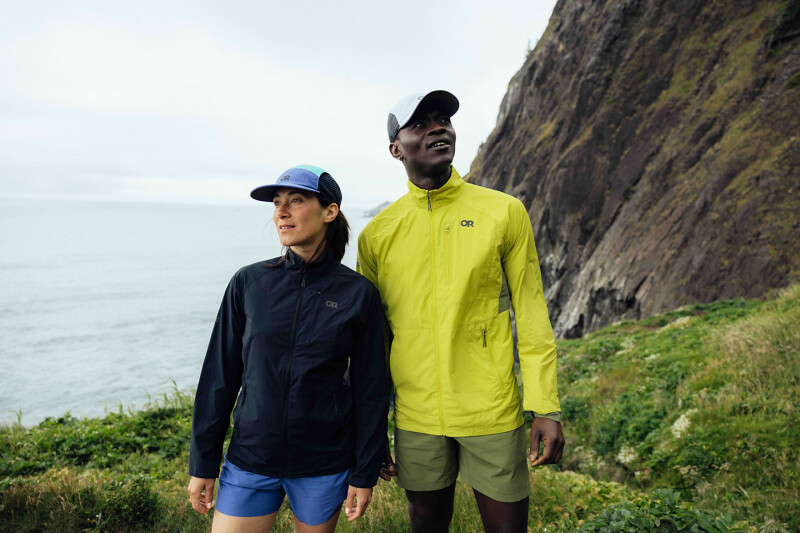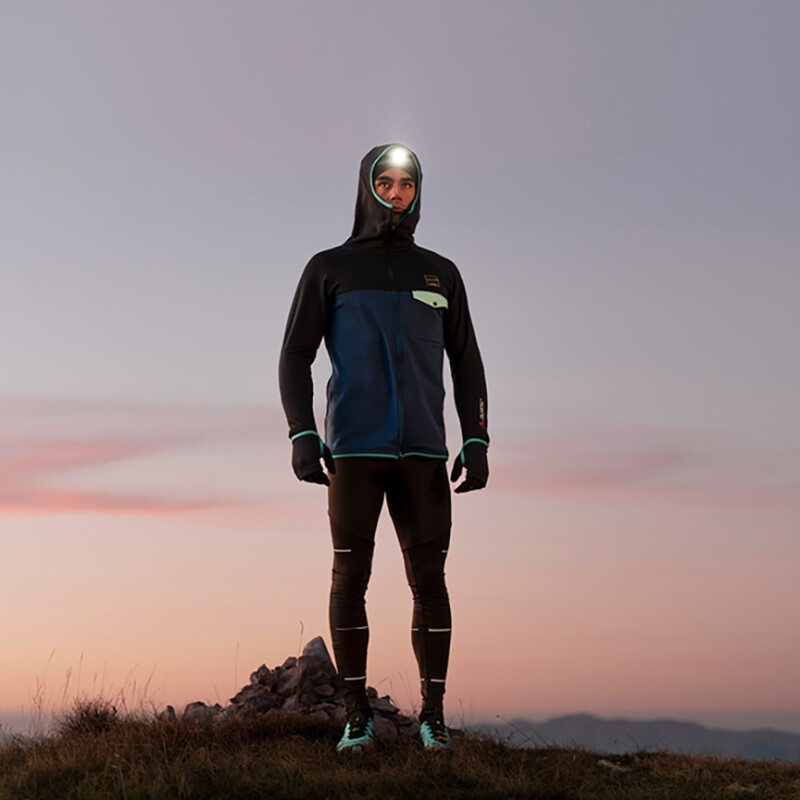What’s one word you would use to characterize the current racing marketplace?
Pete Van Slooten: Exciting! Competitive! Inspiring! Why choose just one? Exciting because there are some cool events from one mile to 100 miles that are drawing new people out to the starting line; competitive because there are many new and different events and alternative fitness options; and inspiring because more people are setting race or fitness goals and accomplishing them.
Lisa Reeves: Optimistic. At Pacers we’re seeing 12-15 percent growth in our marquee events.
Amy Frostick: Experience. In the running marketplace it’s all about the type of experience you’re creating for participants.
Jim Stasaitis: I’ll say exciting, but with a pinch of apprehension. Exciting because we’re still selling out our Boilermaker Road Race, but apprehensive because of uncertainty around the coronavirus. We’re getting a lot of questions about our cancellation policy.
What’s the single biggest change you’ve noted in recent years?
Frostick: I like to compare our industry to the craft beer industry. In the last five to 10 years, so many races have entered the marketplace, you can almost find one in every city. I think we’re starting to see a shakeout of some of those events and the ones that will survive are the ones in which the owners/staff are all in and willing to change with industry demands.
Van Slooten: In my mountainous neck of the woods, there has been growth in mountain climbing races. Where once we had only the Wahsatch Steeplechase and Bair Gutsman, there are now multiple races and series that focus less on running and more on racking up vertical or climbing up a ski resort. Also, more people seem to expect a good finisher’s medal now than in the past.
Stasaitis: There’s a new generation of runners participating in races for health and camaraderie. They’re more completers than competers and that’s forced us to adapt, including putting a time limit on the racecourse.
Reeves: Hands down, increasing security costs.
What are the biggest headwinds you’re facing as a race director? (Ed. Note: These interviews were conducted before the full impact of the Coronavirus was felt on events across the world.)
Reeves: Literal “headwinds” are weather, government shutdowns, sport safety/security and consumer interest.
Stasaitis: Security. That’s a big concern. A thunderstorm used to be our main worry, but so many more potential threats exist today. We host monthly security meetings that include local, state and federal representatives to be on top of this. Succession is another challenge. We’ve got a bunch of gray hairs on our race committee and are actively working to bring younger blood into a more active role. We’re creating binders of information about race details that we can pass on to the next generation of Boilermaker race leaders.
Van Slooten: I’ve been lucky to manage races during a strong economy, but when the economy eventually softens I imagine it will be harder to maintain the consistent growth of the current period. Also, severe weather events, wildfires and the smoke from wildfires have already proven disastrous for some race directors. In response, directors may have to think harder about their contingency planning and customers may change their purchase habits based on cancellation policies. Your plan should be ready to deploy, as customers will certainly let you know if you don’t handle a cancellation to their satisfaction.
Frostick: Finding new runners is always a challenge. There are so many different gym types and activities and people’s schedules are busy. How can we make our races attractive to a new runner? We are also challenged with ever-changing city entities and must constantly show how relevant we are to negotiate prices on city expenditures.
What notable opportunities do you see?
Frostick: Same as our biggest challenge: new runners.
Van Slooten: I see the opportunity to grow the participant base into more diverse communities.
Reeves: The opportunity to reimagine and reinvent the road-race experience and how we produce events; to lock in our principal focus on hitting every touchpoint throughout the consumer journey; and to be adaptable with creative solutions in giving the consumer what that they want.
Stasaitis: We have a new president who isn’t connected to running or racing and having those virgin eyes asking questions has made us think about ways we can improve and adapt. This year, we’ll be giving away finisher medals at Boilermaker for the first time.
How do you see local run specialty stores best fitting into the racing scene?
Stasaitis: Our local run shop, The Sneaker Store, has built training programs around the Boilermaker 15K. That feeds energy around the event, brings new runners in and allows us to market the event together as partners.
Frostick: The stores need to stay relevant and decide how they can be part of the runner experience, which can be as simple as creating a cheer zone on the course. We need activation and experience for our participants. [Virginia Beach running store] Running Etc. helps us fit almost 700 kids who receive free shoes in our Starting Strides program, which is part of our Operation Smile Shamrock Final Mile.
Reeves: We’ve found success at Pacers by creating a profit center that’s focused on event management. Brands are not interested in partnering with events that don’t have a retail tie-in. They are looking for brick-and-mortars offering comprehensive business plans that are focused on the consumer journey with community engagement. With six Pacers retail locations throughout northern Virginia and Washington, D.C., we’re able to tap into multiple diverse running communities and support the retail-brand-event “trinity.”
Van Slooten: In my opinion, race companies want a retailer at their event to enhance the participant experience and to sell some expo space, but they don’t realize how much of a risk and operational disruption it is to take inventory and set up shop offsite for a day or two. At Salt Lake Running Company, we’ve realized that the customer gets the best service and experience in our stores. As such, we rarely set up offsite sales or expos other than at a few key events, though we know other stores have been successful doing race expos by investing in specialized vehicles, additional on-call employees and duplicate inventories.
What fosters a successful partnership between races and local running stores?
Van Slooten: A winning strategy for us has been to make our community room available for race packet pickups. This drives traffic into the store and offers street cred to the event. For charitable causes, we set aside a certain budget for raffles and donations. One benefit of hosting our own races is that they are less expensive to donate race entries to event raffles and auctions than retail product, which allows us to stretch the donation budget and get exposure for our races.
Reeves: Any relationship has its own unique set of components and measures of success, but it’s advantageous when the race and retail store share similar values and the common objective to outfit the local runner and bring authenticity and locality to the event.
Frostick: Think outside of the box and create partnerships that can make a difference. Running stores can leverage shoe or apparel partners for free swag, cheer zones, etc. — anything that can create a win for the race, participant and store.
Stasaitis: Communication is huge, as is a willingness to work together toward a common goal. It’s a real struggle if either party is selfish.
Offer one big prediction for the next five years.
Frostick: We’ll see more races exit the space than enter. It’s not a glamorous job, it’s hard work and you need to be constantly evolving. Races need to market what is new and exciting about their race, which includes expos evolving into something less antiquated.
Reeves: Ongoing consolidation in races. Once we hit the bottom of the consolidation phase, you’ll likely find the races that remain will become more professional. The late growth we saw in the mid-2000s is a thing of the past, though you do see trail and ultra-races having a lot of legs right now. There will always be runner conversion. The real test of time is going to be how race directors adapt, reinvent and develop the road race to engage new consumers.
Van Slooten: We’ll see more diversity at races and events. Running is such a universal activity and I expect that the mental construct that running is for a certain type of person will fall and the joy of running and celebrating with others will be felt by a wider audience.
Stasaitis: My crystal ball’s a bit cloudy, so I don’t have any bold predictions. I am, however, optimistic that our race and many others will continue going strong.
Pete Van Slooten ... Van Slooten is the events manager at Utah’s Salt Lake Running Company, which owns seven races as part of its RUN SLC Race Series and Park City Trail Series.
Lisa Reeves ... As senior race director with Pacers, the Washington, D.C.-based chain, Reeves oversees Pacers involvement in about 60 races each year, including marquee events such as the PNC Parkway Classic and Novo Nordisk New Jersey Marathon & Half Marathon.
Amy Frostick ... Frostick’s Virginia Beach, VA-based J&A Racing, which she owns with her husband, Jerry, hosts eight events each year, including the 25,000-runner Yuengling Shamrock Marathon weekend.
Jim Stasaitis ... Stasaitis and his team in Utica, NY, produce the 19,000-participant Boilermaker Road Race, which will celebrate its 43rd running this July, as well as two additional events: a Halloween-themed kids’ race and the Erie Canal Half Marathon.
PULLING DOUBLE DUTY
In the latter half of the 20th century and into the Millennium, running retailers entered the racing game – creating and producing their own races – largely to build a customer base and drive brand awareness. But as both retail operations and races become increasingly more complex, is the race director-retailer pairing still a viable, realistic and beneficial reality?
Though races have become more corporate and intricate in recent years – what once could be produced with cones, flagging and a simplistic timing system now demands coordination with city agencies, digital know-how and a litany of other investments to appease participants and achieve profitability – retail operations like Washington, D.C.-based Pacers and the Salt Lake Running Company (SLRC) continue to see power in the race director-retailer one-two punch.
“If you understand the consumer journey and support people who are setting goals, the opportunity is there,” says Pacers senior events director Lisa Reeves, adding that Pacers has 365 days to talk about events in its stores and help people engage with a greater community.
While SLRC stores promote SLRC events – employee names function as race coupon codes and staff earn spiffs for signing up participants – events manager Pete Van Stouten says ongoing contact with retail customers has also helped SLRC develop events for under-represented groups and untapped markets. To wit, SLRC developed its four-event Park City Trail Series, which includes a 5K, 10K, 10 Mile, and Half Marathon, to provide a more accessible trail experience for novices at a time in which trail races have largely embraced longer distances and higher elevations.
To be certain, the retail-race double has its share of challenges. First, Van Slooten says, there’s always the risk that a negative race experience can lead to a lost retail customer or race detractor. Second, the shop’s role as race host often means sales associates function as an event’s de facto customer service department. Whether answering participant questions on the phone or tending to other event tasks, such duties pull staff from the sales floor. This, in fact, prompted Pacers to segment its retail and race operations.
“Otherwise, it can get very overwhelming,” Reeves says.







